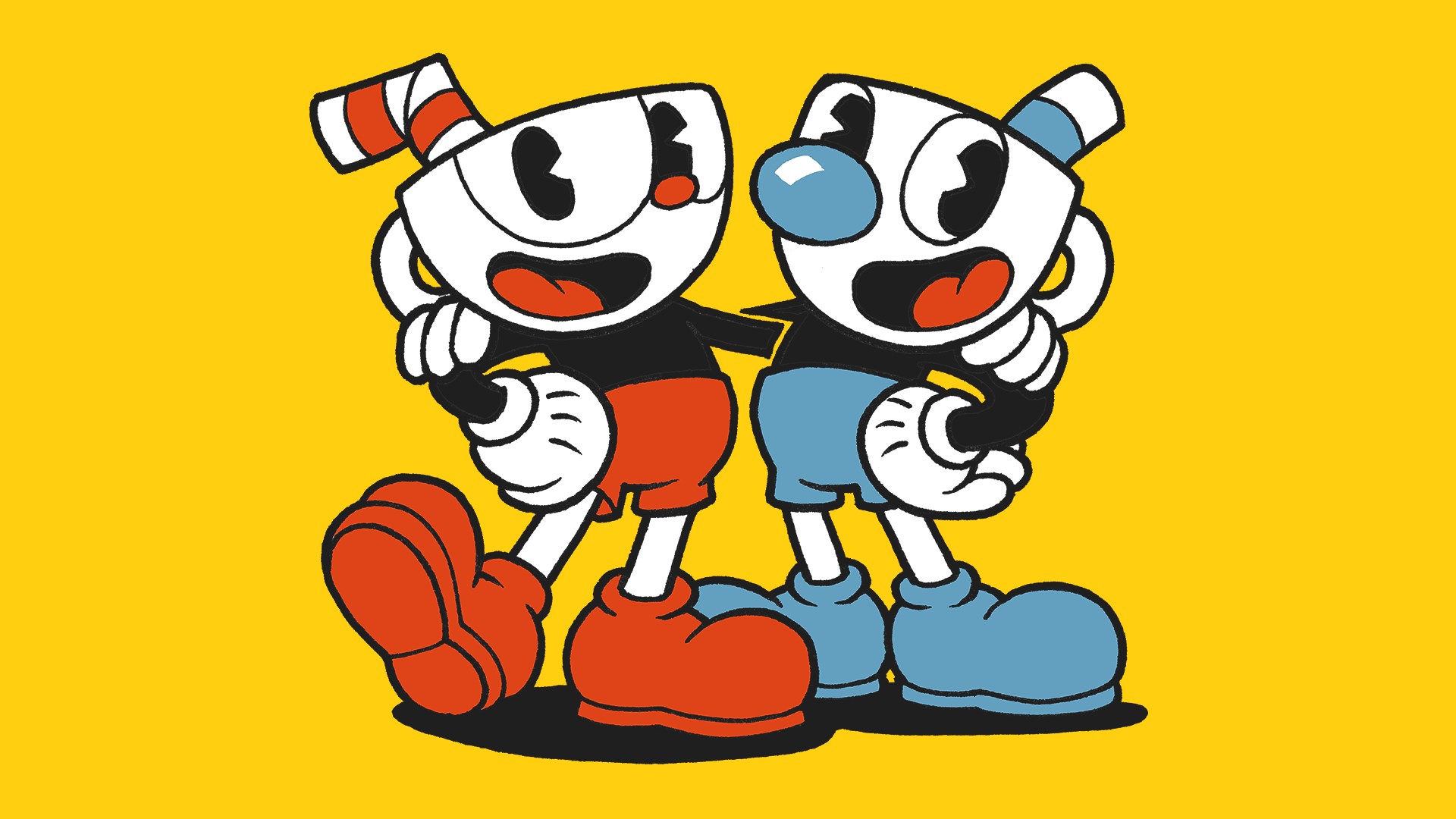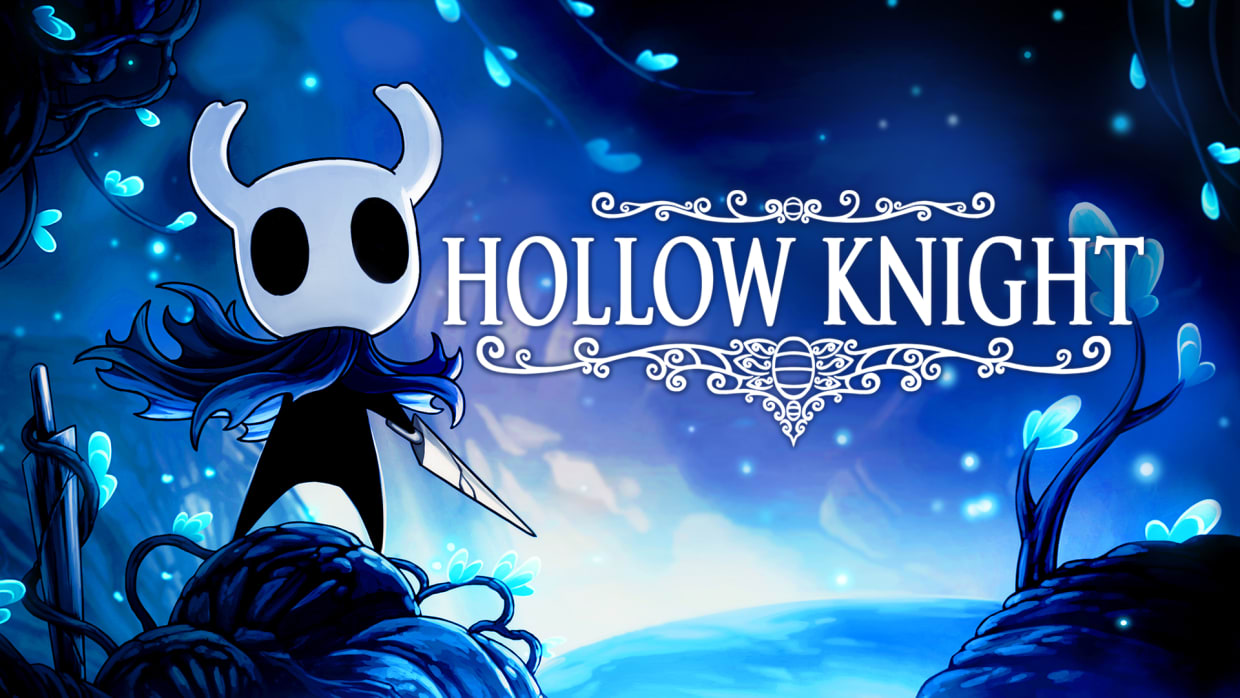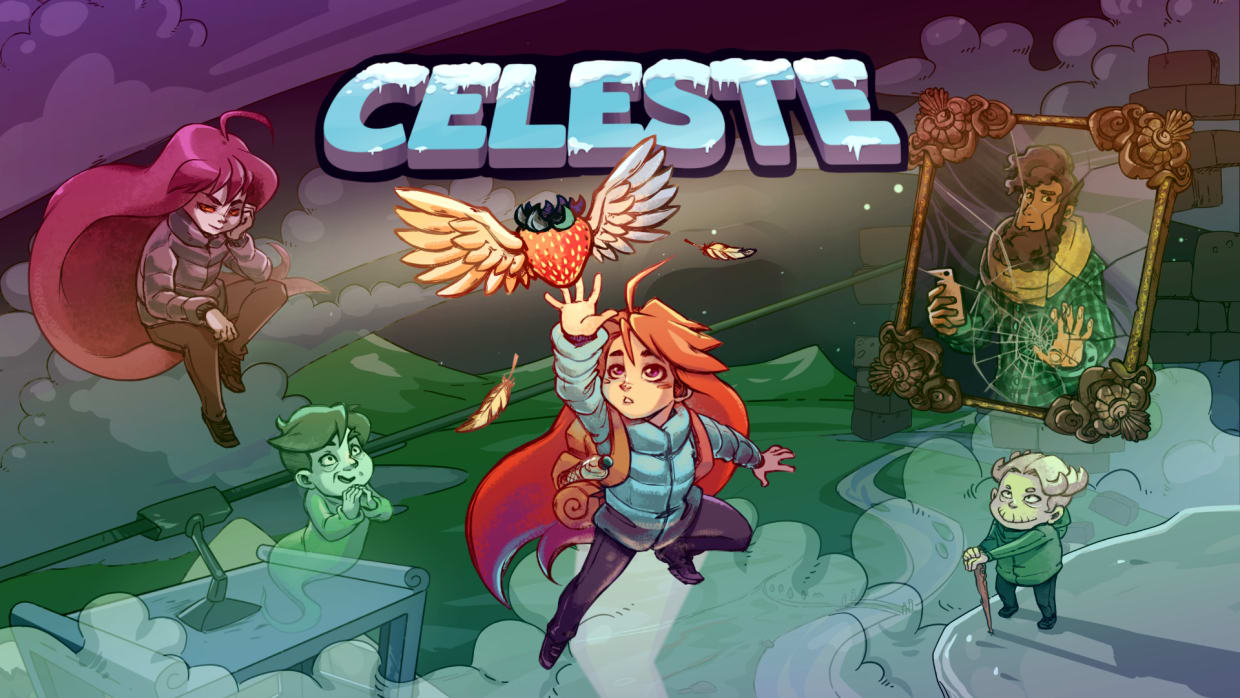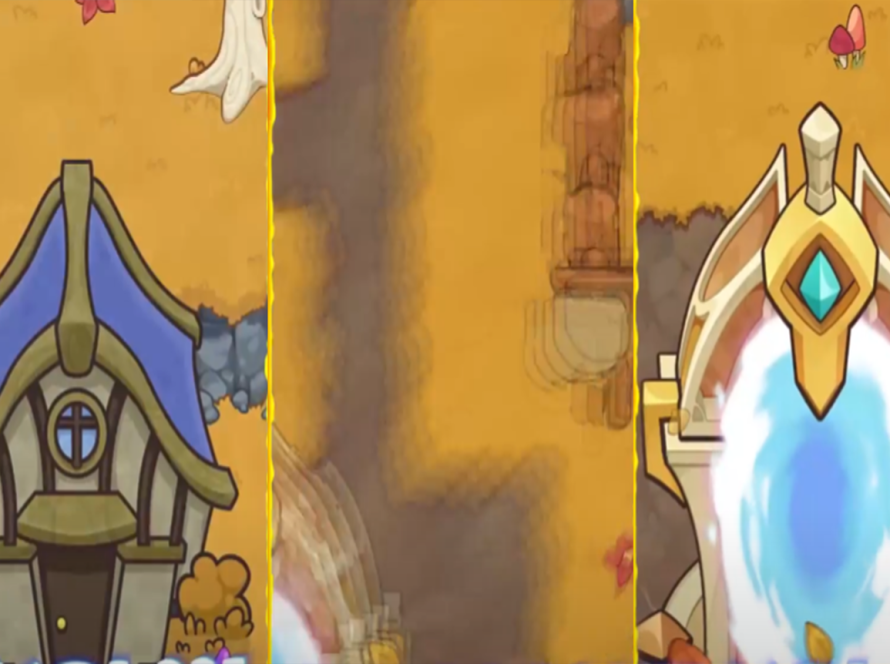Integrating cinematic animation in 2D game storytelling has become a significant trend. This feature not only enhances the attractiveness of games but also helps create unique and impressive gaming experiences. In today’s article, we will go through the important information about cinematic animation that 2D game developers need to know.
What is cinematic animation in 2D game storytelling
Cinematic animation in 2D games involves incorporating high-quality animation techniques commonly found in animated films into 2D gaming. Imagine your 2D game featuring smooth character movements, impressive camera angles, and detailed backgrounds reminiscent of a movie. Here are the details:
- Enhanced visuals: Cinematic animation goes beyond standard animation used in 2D games. It helps create visually impressive cutscenes that captivate players. These scenes resemble short movies within the game, making the story more vivid.
- Deeper storytelling: Cinematic animation in 2D games not only catches the eye but also enriches the storytelling experience. With this technique, developers can convey more emotions within characters. Think of subtle facial expressions, body language of 2D characters. These nuances help players emotionally connect with the game’s story.
- Building excitement and impact: Integrating cinematic animation in 2D game storytelling is a master storyteller’s tool to create unforgettable moments. Clearly, impressive lighting, flexible camera movements, and even special effects will leave a lasting impression on gamers.
Essentially, cinematic animation is a game-changer in 2D storytelling. It elevates the storytelling experience, making players feel more immersed. As a result, players are fully immersed in the game world and its characters.
Techniques for integrating cinematic animation into 2D games
Integrating cinematic animation into 2D games requires a combination of various techniques. Some common techniques include:
- Hand-drawn animation is a traditional method still favored in creating animations for 2D games. Animators draw each frame individually, creating smooth motion and artistic depth.
- Pixel animation is a technique that uses pixels to create animation. This technique is suitable for 2D games with pixel art graphics, preserving a retro look and nostalgic feel.
- 2D vector animation uses vector paths to create images and motion. With this option, game developers can create smooth animations and easily adjust sizes without losing quality.
- Motion capture technology involves recording the movements of real actors and applying them to animated characters.
- Animation rigging systems allow developers to create complex and continuous movements using skeletons and rigs. The benefit of this method is time and effort-saving compared to hand-drawing each frame.
- AI and Machine Learning techniques are increasingly being applied in animation creation. They can automate some steps of the animation process, saving time and effort.
Each technique has its own advantages and disadvantages. Choosing the appropriate method will depend on the project’s requirements, available resources, and desired artistic style.
Challenges and opportunities in integrating cinematic animation in 2D game storytelling
Integrating cinematic animation into 2D games brings about several challenges. However, it also opens up many opportunities for 2D game developers. Here are some common challenges and opportunities:
Challenges of cinematic animation in 2D game storytelling
- Resources: Creating high-quality cinematic animation requires resources in terms of time, manpower, and technical expertise.
- Animation consistency: Achieving smooth and consistent animation that synchronizes with gameplay and storyline can be challenging.
- Cost: Integrating cinematic animation can increase game development costs, especially when using complex animation techniques.
Opportunities of cinematic animation in 2D game storytelling
- Creating focal points: Cinematic animation can make games stand out and attract players by creating impressive and unique scenes.
- Deep storytelling: Through animation, developers can tell stories vividly and emotionally, enhancing the depth of the narrative.
- Enhancing player experience: Cinematic animation helps create lively, expressive and endearing characters, enriching the player experience.
Understanding the challenges and opportunities of integrating cinematic animation into 2D games will help developers build effective strategies.
examples of integrating cinematic animation into 2D games
There are many successful examples of integrating cinematic animation into 2D games that have been highly praised by critics. Here are some prominent examples:
Cuphead (2017)
Cuphead is an action game that marked the return of 1930s cartoon style with hand-drawn graphics and animations. The colorful and vibrant animated scenes have created a memorable experience for players.
Ori and the Blind Forest (2015)
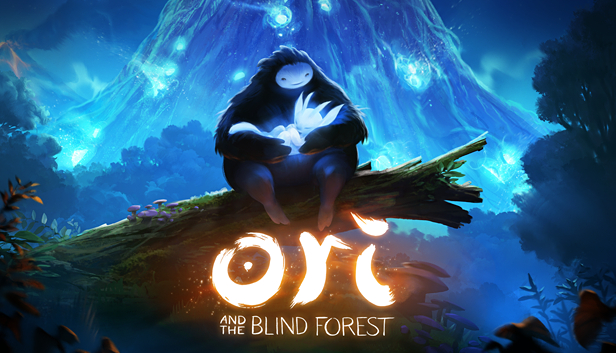
The action-adventure game Ori and the Blind Forest excellently used cinematic animation to tell a touching story and showcase impressive scenes. The smooth and detailed animations contributed to creating a rich and vivid world.
Limbo (2010)
![LIMBO [2010] - YouTube](https://i.ytimg.com/vi/wEWrUjH_-bc/hq720.jpg?sqp=-oaymwEXCK4FEIIDSFryq4qpAwkIARUAAIhCGAE=&rs=AOn4CLDw33FbkK5MqALXhasT3iAtiqFJVg)
Despite using simple black-and-white graphics, Limbo utilized cinematic animation to create impressive and intriguing scenes for players. The scenes were executed subtly and metaphorically, making the game compelling and profound.
Hollow Knight (2017)
Hollow Knight is a beautifully crafted action-adventure game with high-quality graphics and animations. The use of cinematic animation helped create expressive characters and lively graphic environments, providing players with a fantastic experience.
Celeste (2018)
Celeste is a famous platformer game with engaging gameplay and a deep story. The cinematic animation in this game not only showcased smooth movements but also evoked emotions and moods through character expressions.
These examples are just a small part of the thousands of successful 2D games that have excellently utilized cinematic animation. Integrating animation into games is not only for aesthetic purposes but also to create an interactive experience and leave a profound impression on players.
Strategies to optimize the performance of cinematic animation in 2D games
To optimize the performance of cinematic animation in 2D games, developers need to apply effective strategies and methods. Here are some strategies to optimize the performance of animation in 2D games:
- Standardized animation: Establishing standards and rules for animation ensures consistency and quality throughout the game. In addition to improving performance, this approach helps developers minimize errors.
- Utilize rigging systems: Rigging systems help create complex and smooth animations more easily. Using rigging helps save time and effort compared to hand-drawing each frame.
- Optimize animation files: To minimize resource loading and increase game loading speed, it’s essential to optimize animation files. This includes using appropriate file formats and reducing file size without compromising animation quality.
- Employ animation caching: Animation caching is a technique that stores pre-rendered animations for reuse. The animation caching strategy supports reducing the load on the system, thus optimizing performance for animations in 2D games.
- Continuously test and adjust: Regularly testing and adjusting animations helps identify errors early and improve animation quality. This process should be performed frequently to ensure smooth and accurate animations.
Optimizing the performance of animation in 2D games requires professionalism and perseverance from developers. Applying optimization strategies and methods will help improve animation quality, enhance development efficiency and elevate the player experience.
In Conclusion
Through the knowledge I’ve shared above, I hope you now understand integrate cinematic animation in 2D game storytelling. From here, you have a foundation to build your game development strategies to attract a wide range of gamers.



